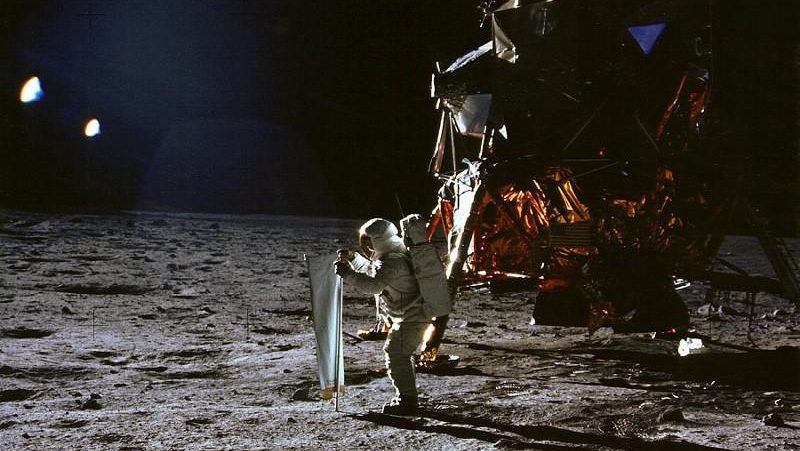Fredrik Carlstrom discusses his role in uniting an advertising agency with a production company.
Question: What Inspired You to Start Third Factor?
Fredrik Carlstrom: Well, I’m still one of the principals of it. It started-- how did it start? When I came to America I worked for a producer called Edward Saxon, and he then had a production company with a guy called Peter Saraf, who they’re now separate. They had produced “Silence of the Lambs” and “Philadelphia.” When I was there they did “Adaptation,” so I was a script reader and stuff for them, and wanted to produce films. So started a production company, I guess, for many reasons. One was to start-- to sponsor my visa. And one was-- you know, it’s good to have a company. So that’s how it started. And then we started developing little projects and stuff through it, and it kind of grew.
Question: How did you fuse film production with advertising?
Fredrik Carlstrom: Well, basically, I knew a few of the partners from my days in advertising in Sweden, and they had all these amazing clients, Absolut and H&M and Nokia and Electrolux. They kind of collect big global Swedish companies. And a lot of them were moving into entertainment. You know, there’s that convergence between sort of advertising and entertainment. And we started working together, and I kind of sent an email to them asking if they were interested-- if they’d thought about opening an office here, and I think they probably had. And then we basically did a deal. So I was, for the first six months or so, Third Factor did a first-look deal with Great Works, which is very common in the film industry. But I think an advertising agency hiring or making a deal with a production company is probably the first time it happened. And then that went really well, and they asked me if I wanted to be CEO, and I figured, “Why not?” I think the old model, which is still very much in place, I suppose is a hit model, where you create something-- whether it’s a TV show or a publication, or you have some sort of editorial product, film, book, newspaper, and companies pay to be next to that editorial. So consumers buy New York Times or whatever, because they want to read news, and a brand will pay to be next to it, and sort of interrupt people when they’re reading their newspaper. And so that’s the old model. And what is changing is that people don’t really want to be interrupted anymore, and they don’t have to be. Sort of technology has made it so that you can choose how you get your information and entertainment, or how you avoid getting it. And so people need to figure out new ways of communicating. And what’s interesting about the internet, which Great Works sort of comes from is that you can’t-- I mean, you can’t really interrupt people online. You either go to a website or you don’t. It’s very difficult to do that. So you have to create stuff that people actually want to spend time with, and Great Works was very good at that. And so the process of creating something for a client, for an Absolut, for instance, or creating something for a studio or for a production company, you know, they’re similar. They’re very similar.
Recorded on: 6/12/08





